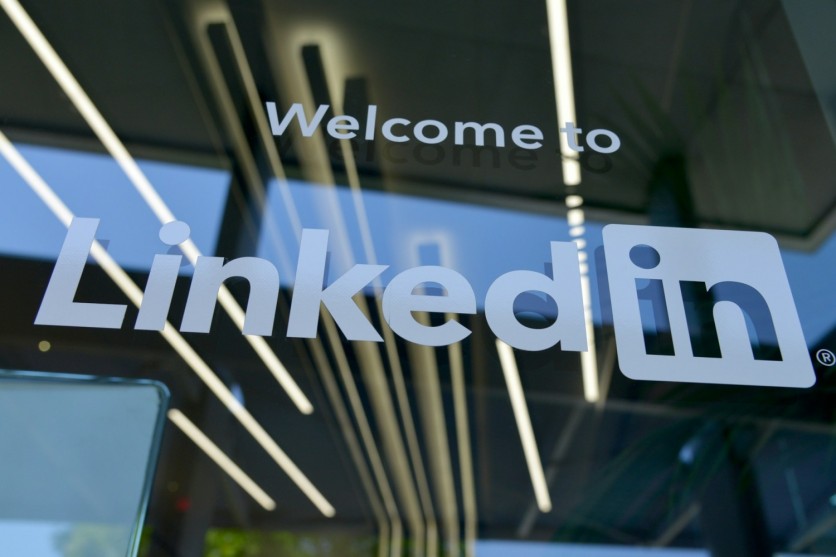Elon Musk built X out of something, but it's not an overnight success even for a tech billionaire. Before it became a controversial app, there was Twitter.
After acquiring the platform in 2022, Twitter alternatives appeared out of nowhere. There was BlueSky, Mastodon, and more, but LinkedIn is often overlooked.
LinkedIn was traditionally viewed as a professional networking site, but its rapid growth attracted many social media users to migrate to it, making it a legitimate rival to X.
A Surge in LinkedIn's Web Traffic

According to data from SimilarWeb, LinkedIn's web traffic has increased by 10.6% year-over-year as of March, contrasting sharply with a 15.2% decline for X. This growth is even more notable considering the 18% increase since November 2022, immediately following Musk's takeover of Twitter.
In comparison, X has seen a 10% drop in the same period.
March statistics reveal that LinkedIn attracted 269.2 million unique visitors globally, marking an 11.1% increase from the previous year. Although smaller in total numbers compared to X's 727.6 million visitors, the growth trend is significant, especially against X's 7.5% decline.
Read also: LinkedIn Dives into Influencer Marketing: Leveraging User Base to Address Revenue Stagnation
LinkedIn Mobile App Displays Impressive Growth
While web traffic shows promising growth, mobile analytics provide a nuanced view.
Appfigures reports that LinkedIn's app downloads have risen by 10% year-over-year, despite X's downloads decreasing by 24%. This decline for X is attributed partially to its rebranding from Twitter, which may have impacted user recognition and behavior.
Interestingly, LinkedIn's consistent performance pre- and post-Musk's takeover suggests a steady user base that's now expanding, possibly due to the platform integrating more dynamic content features like games and short-form videos. These additions are likely designed to appeal to a younger demographic, particularly Gen Z users, who are increasingly valuable to social platforms.
LinkedIn Edges Competitors in Revenue
Financially, LinkedIn appears to be outpacing its competitors. The platform's mobile app revenue has seen a significant increase, growing from $20 million in Q1 2021 to a record $119 million in Q1 2024.
As TechCrunch writes, this figure surpasses the combined revenues of X and Snapchat, which totaled $90 million in the same quarter.
LinkedIn's ability to command higher subscription fees-ranging from $29.99 to $69.99 per month-plays a crucial role in its revenue success. This pricing strategy allows it to generate substantial income even with fewer subscribers compared to X, which offers subscriptions ranging from $4 to $22 monthly.
Even with increased ad prices, more advertisers on X are leaving to move to LinkedIn.
LinkedIn is More Than Just a Job-Hunting Platform
LinkedIn's success story is shaping up to be a lesson in strategic diversification and market adaptation. By expanding its feature set to include more casual, engaging content, LinkedIn is not just a platform for professional networking but is becoming a more holistic social media experience. This shift could position LinkedIn not only as a complement to traditional social media platforms but also as a direct competitor in a market that is currently making its own name in the wake of Twitter's transformation.
For the years to come, LinkedIn's growth trajectory suggests it could play an important role in the new social media order, appealing to users seeking a blend of professional and casual interaction online.






